info@chinaadventure.org
86-18008011324
Search
Spring Festival, also known as the lunar New Year, which is the beginning of the year and the traditional annual festival. It is the most solemn traditional festival of the Chinese nation. It not only embodies the thoughts and beliefs, aspirations, entertainment and cultural psychology of the Chinese nation, but also is a carnival display of blessing, food and entertainment.
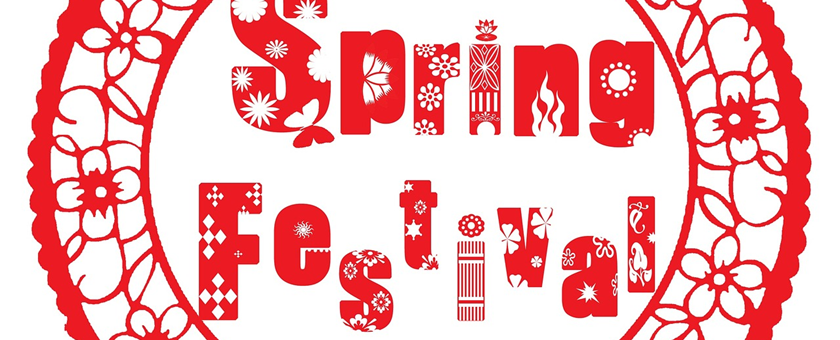
Origin of Chinese New Year
There are several versions of the origin of Chinese New Year. The most popular theory is that in mythology there was a beast called "Nian", which means "year" in Chinese. It was fierce, with a head like a bull and a skull like a lion. It lived in remote mountains and fed on other wild animals. In winter, it began to hunt and disturb villages.The villagers were frightened and all fled to other places. An old lady found a way to drive away the wild animals by burning the door in front of her house with a red fire. When "Nian" came back, the lady set off firecrackers, set off explosions and scared away the beast. This custom was kept all these years, and "Nian" never came to the village again. The custom of painting the door red, setting off firecrackers has become a tradition, and "Nian" now means Spring Festival. The celebration of the lunar New Year is also known as the "passed or survived the Nian".

Time and Duration of the Spring Festival
According to the traditional Chinese lunar calendar, the Spring Festival begins with a new moon and ends with a full moon, that is, from the first day to the 15th day of the first month. The last day of the New Year (the fifteenth day of the first lunar month) is called the Lantern Festival. The actual date is not a fixed date, but changes every year according to the Chinese lunar calendar.
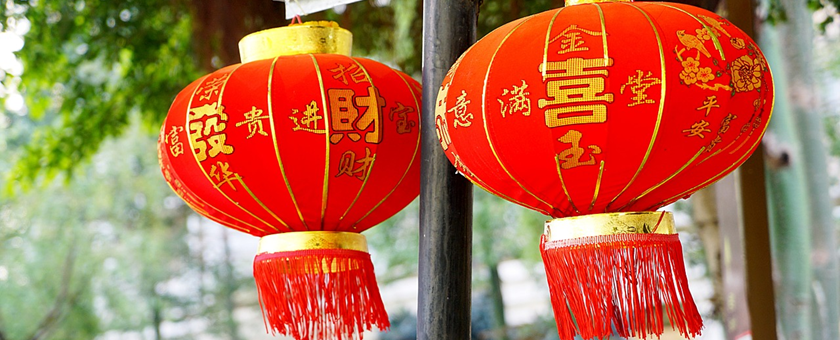
Customs of Spring Festival
1. Cleaning the House
A few days before the New Year, every corner of the house must be cleaned. This is to purge the old and evil spirits.


2. Buying Necessities
Preparations for buying necessities include not only wheat flour, chicken, duck, fish and meat, also include decorations, new clothes and shoes for children and gifts for the elderly, relatives and friends.

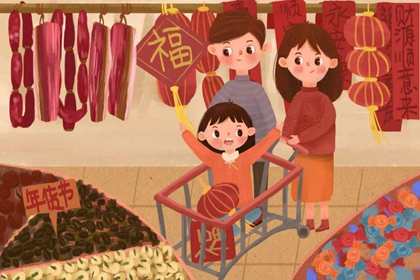
3. Paste Couplets
It's a kind of literature. Chinese people like to write some antithetical and concise words on red paper to express their wishes for the New Year. When the New Year comes, every family will put up Spring Festival couplets.
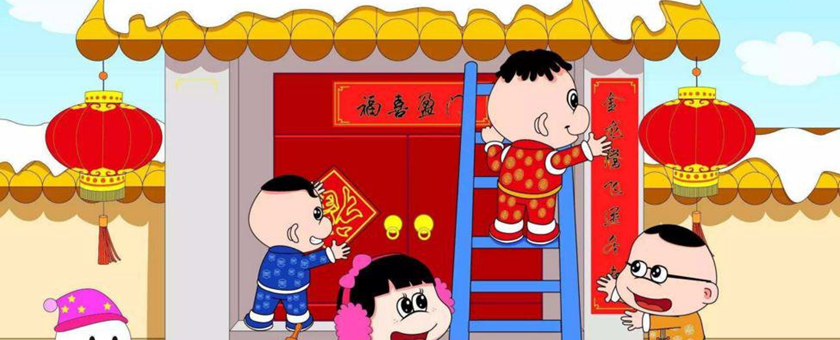
4. Family Reunion Dinner on New Year’s Eve
Families will have a reunion dinner, watch the Chinese New Year TV Gala and stay up till 00:00 (Jan. 1 in lunar calendar comes). Various Chinese New Year foods are served on that night such as fish, spring rolls and so on.
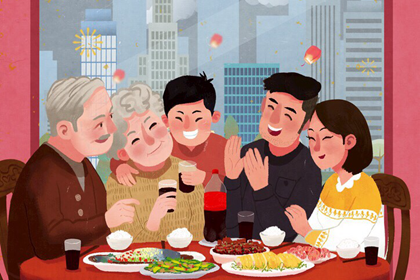
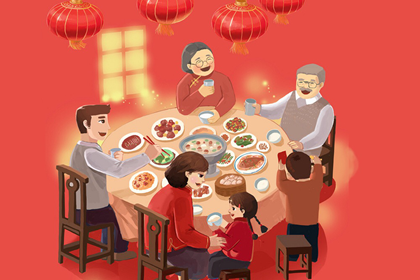
5. Setting off Fireworks
On New Year's Eve, in order to welcome the New Year, Chinese people sit together and watch TV until midnight. As the clock strikes midnight, people all over China are setting off firecrackers. This is the most important tradition, and its sputtering sound and light are believed to help drive away evil spirits. Now, considering the safety and pollution, some cities have banned or partially banned such activities.
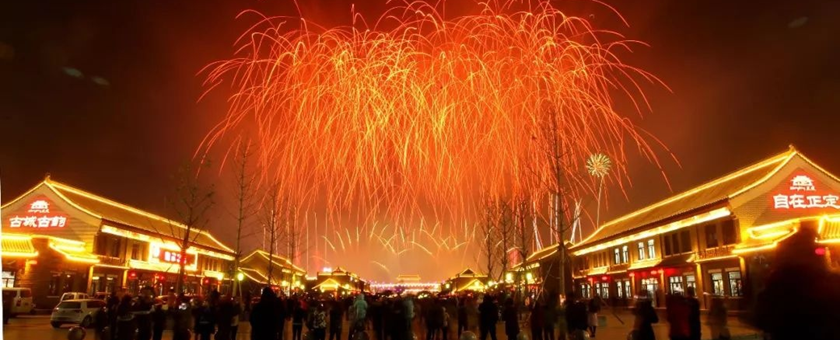
6. Hand out Red Envelopes
Setting off firecrackers to chase off bad spirits is the first thing to do after people get up. After the first meal, it is the happiest moment for the younger generations, because they can get red envelopes from the older generations.
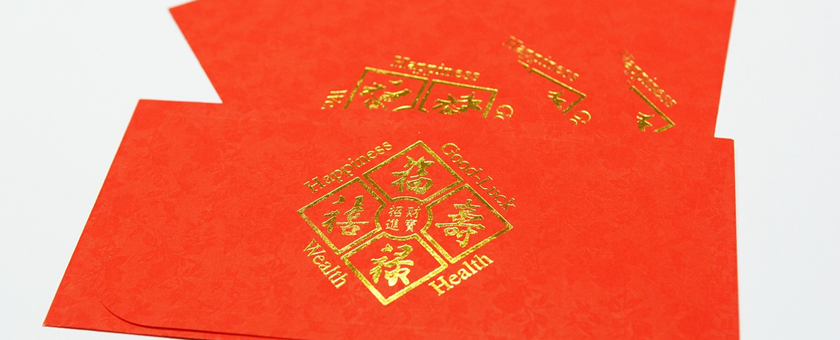
7. Give New Year's Greetings
Visits between relatives and friends last for several days. People wear new clothes, bring some gifts, greet each other with "congratulations" and wish each other a happy and auspicious New Year.
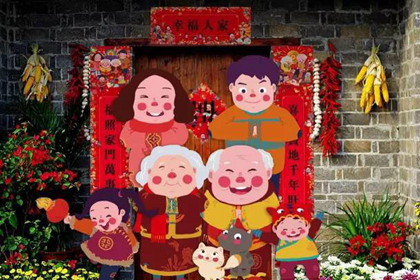

Chinese New Year Foods
Rice Cake: A Chinese cake made of glutinous rice. It is an essential food for the lunar New Year as it symbolizes prosperity.
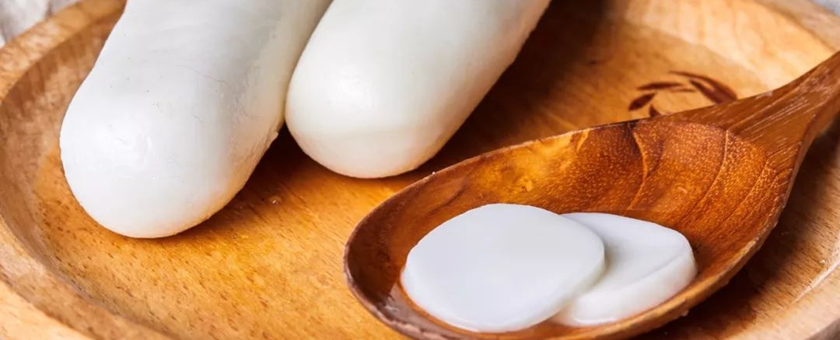
Dumplings: It is a traditional lucky food in China. Now it is very popular all over the world. With a history of 1,800 years, it is not only a staple food for people in the north, but also a must-have dish for all kinds of festivals, especially in the Chinese New Year. People often eat dumplings on New Year's Eve because the Chinese name for "Jiaozi" has the meaning of changing year by year.
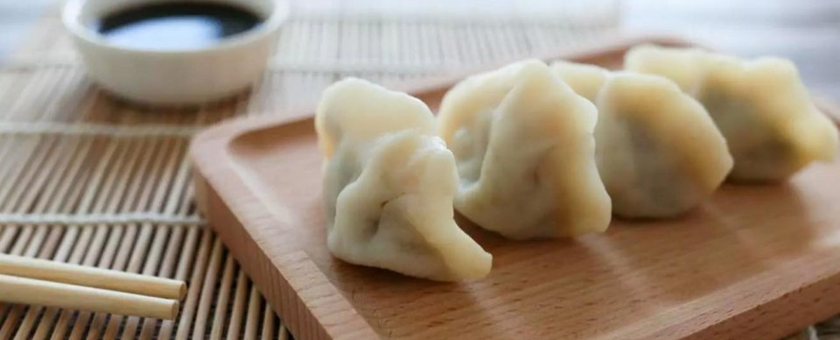
Tangyuan: A kind of Chinese dumpling. Sesame is the most common filling. The dumpling pudding in northern China is a little different from that in the south. The filling is salty in northern China and sweet in southern China.
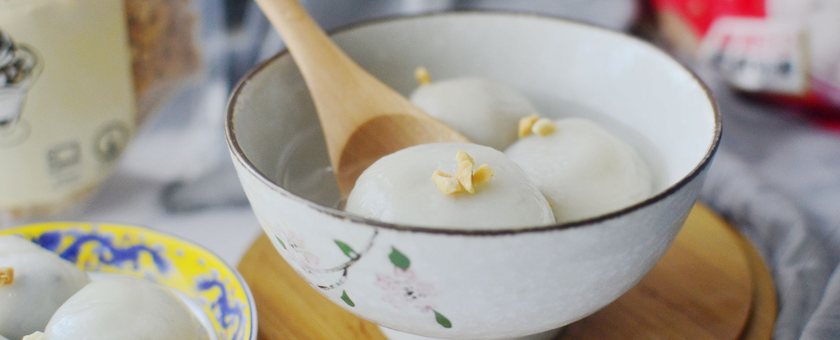
New Year Fish: Fish is an indispensable part of the family reunion dinner. The Chinese word for fish is "Yu", which means surplus and wealth. Therefore, there is a blessing word, "surplus year after year," which means "may you have more than enough and a good harvest every year." What's more, in ancient China, fish were also believed to have exorcisms.
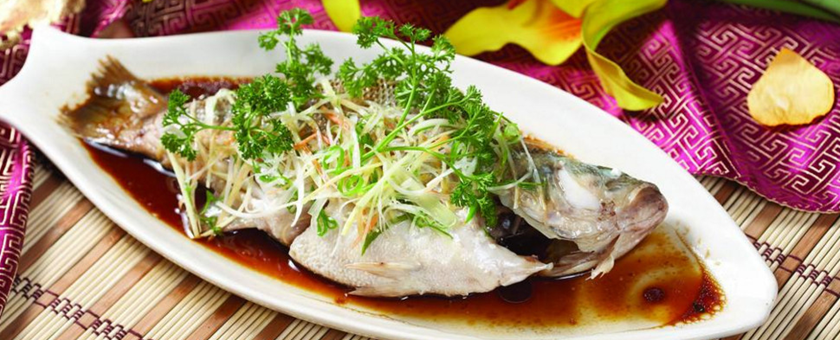
Spring Rolls: It is obvious from the name of spring rolls that they are a kind of food to welcome the spring, so it is very common to eat spring rolls during the Spring Festival. In spring, people will put fresh vegetables or ingredients into dumplings and eat them to welcome the new spring. Now, in some places it is also a dessert for the reunion dinner.
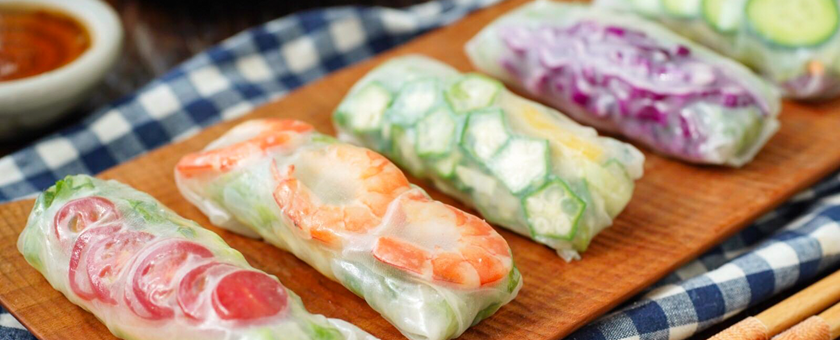
Spring Festival Activities
In urban areas, there are lively temple fairs with religious worship, costume shows, games, and local snacks. Some places have light parties that offer great nightlife. In rural areas, more authentic folk performances are likely to be seen, including Yangko and stilt-walking in northern China and dragon and lion dances popular in the south.

Dragon and Lion Dances
It is very popular and common in Chinese New Year. From the first day to the 15th day of the New Year, the streets and homes are filled with dragon and lion dances. They are made up of a group of people, some of whom manage dragons and lions, while some play drums.
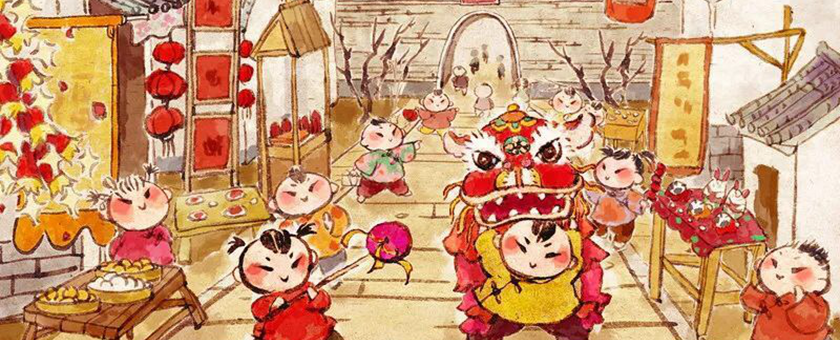
Temple Fairs in Beijing
In the capital Beijing, the most popular activity of the Spring Festival is temple fairs, which are held in different ancient temples. Traditionally, there are various performances in the temple. In addition, you can find traditional arts and crafts, as well as countless delicious local flavors, from artisans and vendors along the streets. For foreign tourists, it is a rare opportunity to experience the rich and colorful culture and traditions of China.

Stilt Walk
In northern China, troupes perform "walking on stilts," which means walking on stilts requires great skill and a good sense of balance. The performers tied two stilts to their feet to make them taller than the others. Then they will do some interesting movements or folk dances.
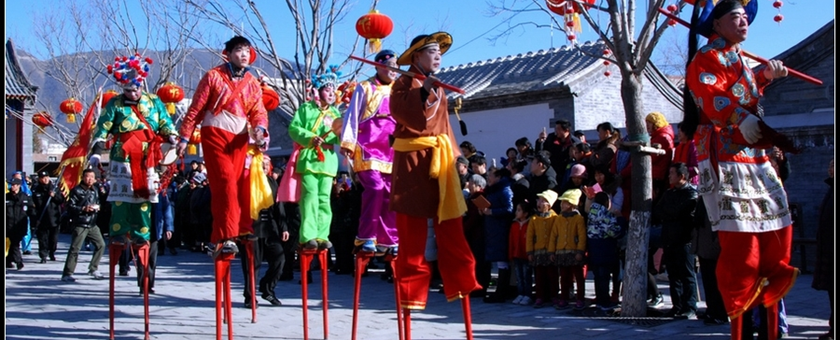
Yangko Performance
The Yangko performance is a combination of music, dance and craftsmanship, including the hanky technique and foot movements. It is the most popular performing art that originated in rice farming and farming in rural northern China. While enjoying Yangko, people can also hear the sound of firecrackers and drums, so that they can accurately and directly feel the lively atmosphere of the northern countryside.

Notice:
Transportation:
Two weeks before the Spring Festival, people who work outside the city begin to travel back to their hometown by plane, train or bus from other cities for the holiday. Usually within two weeks after the Spring Festival, people return to the city where they work. If you plan to travel to China during the Spring Festival, you'd better book in advance to avoid selling out tickets. Besides, the plane tickets will be more expensive than usual.
Restaurants:
Some restaurant owners may return to their hometowns to spend the New Year with their families, so some restaurants may be closed for the holiday.
Hotels:
In some tourist cities, hotel prices may be higher than usual.
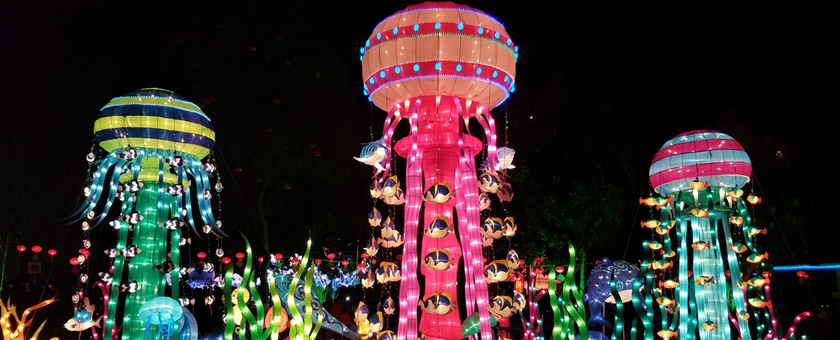
we’ll reply you in 24 hours!
Copyright © 2012-2024 All Rights Reserved to chinaadventure.org